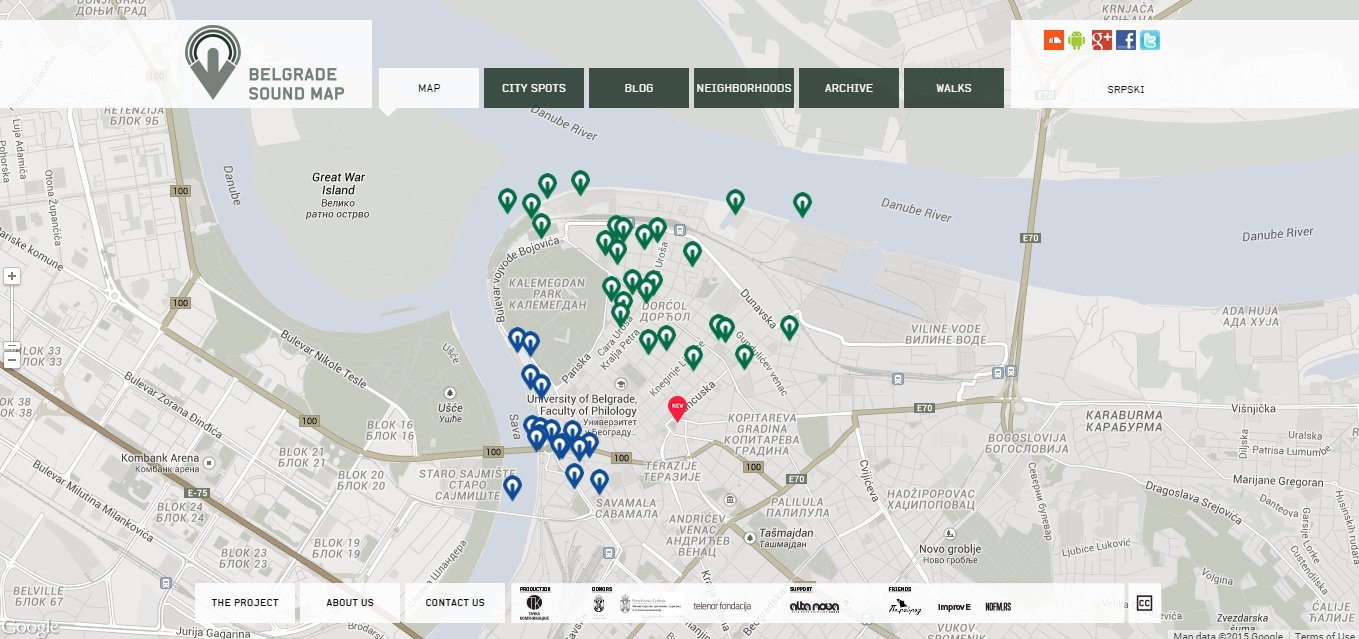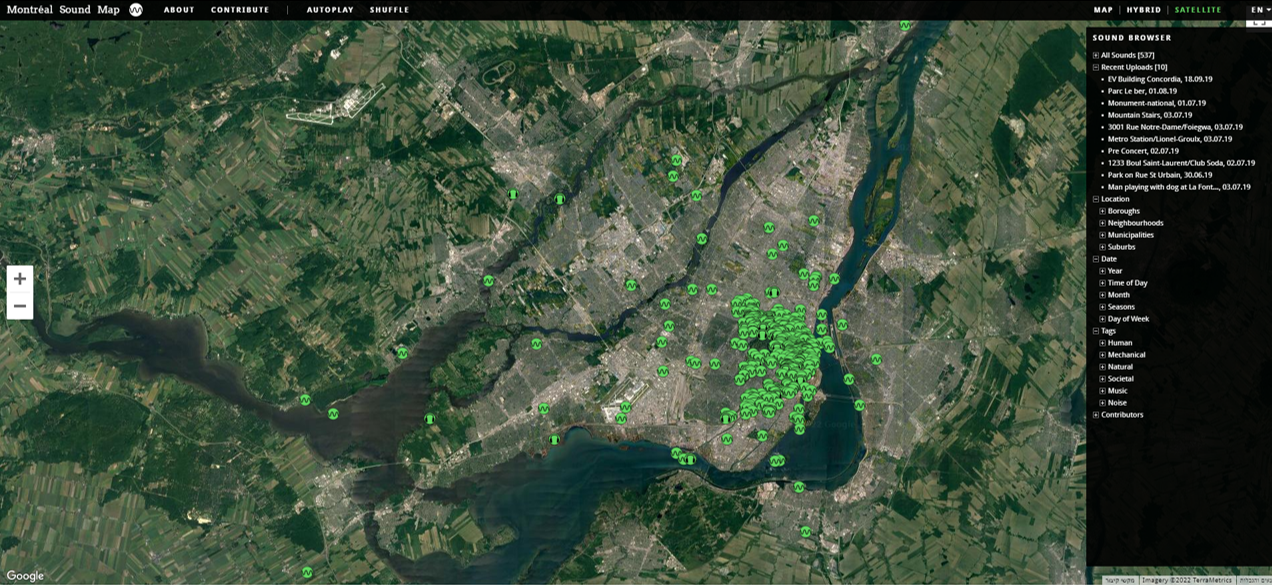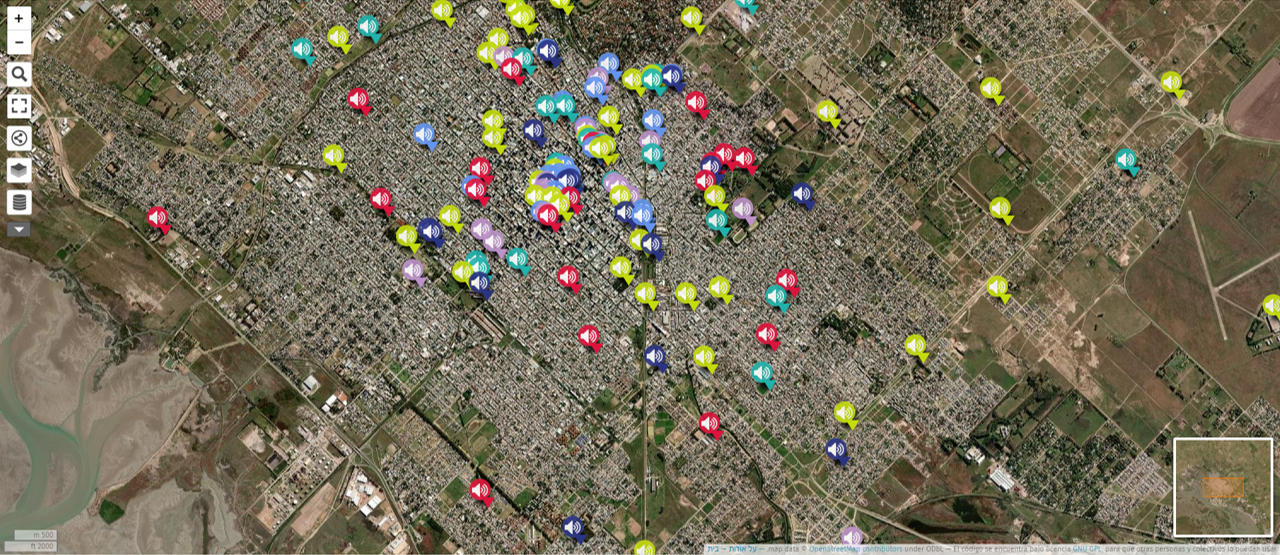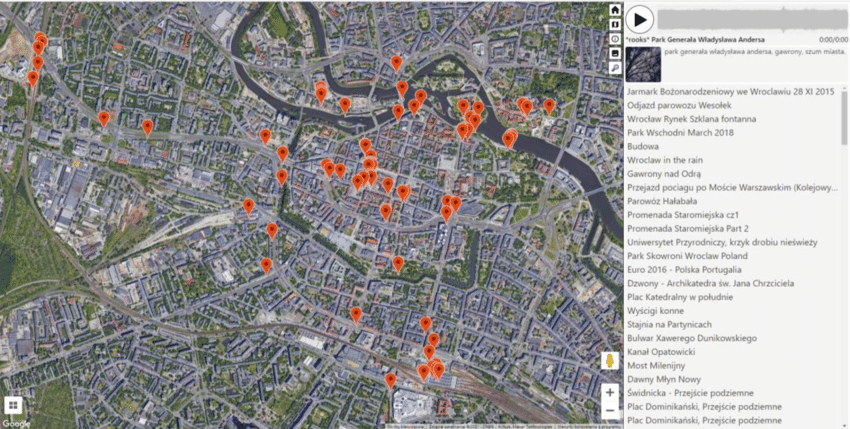Hadar Levy-Landesberg is a lecturer in The DAN Department of Communication at Tel Aviv University.
She received her PhD from The Department of Communication and Journalism at The Hebrew University of Jerusalem. Her dissertation project examined the roles played by sound interfaces in our interactions with and through media. It located sound technologies at pivotal junctures within diverse media ecologies both past and present and revealed their infrastructural qualities, weaving invisible and indispensable networks around their users, and supporting other forms of communication.
Hadar’s current work centers on the intersections between voice and AI-powered technologies, thinking historically about the status of voice as a unique identifier.
Her research featured in Media, Culture & Society, Theory, Culture & Society, New Media & Society, International Journal of Communication (IJOC), Sound Studies, and Journal of Computer-Mediated Communication (JCMC).
Research Areas: media studies; history and philosophy of technology; media theory; sound studies; voice and AI; television news
Research
Anchoring Voices: The News Anchor’s Voice in China from Television to AI
Hadar Levy-Landesberg & Xuenan Cao
This paper takes the recent introduction of AI-powered television news anchors in China as an invitation to explore the technologies and techniques that have long been used in the anchor’s voice production. Analyzing Chinese Broadcasting Science, the first pedagogical standards for broadcasters across mainland China, published in 1993, this paper demonstrates how the perception of the anchor’s voice as something that can be measured, manipulated, and programmed has predated the AI industry. We examine guidelines, diagrams, and figures used to instruct news anchor wannabes on training their physiological voicing “engine,” tracing the continuities between this model of television anchoring and AI-generated news anchors. We propose technovocality as a conceptual framework for considering the various social, political, and ethical questions arising from the intersections between voices and media, past and present and Western and non-Western cultural contexts.
The Recording Cure: A Media Genealogy of Recorded Voice in Psychotherapy
Hadar Levy-Landesberg & Amit Pinchevski
This article explores the relationship between psychotherapy and sound reproduction technologies from the early 20th century to the present. Subscribing to a media genealogy approach, it traces the changing status of the recorded voice in therapy as set against broader transformations in the field of mental health. Delving into the recorded voice’s diverse applications across psychotherapeutic approaches, it demonstrates how technology worked to unravel the temporal and spatial formations of the therapeutic setting, thereby unsettling established hierarchies, terminologies, and techniques while at the same time supporting the integrity of the therapeutic situation. The article points to sound media’s capacity to bifurcate the voice into somatic and expressive elements and reassemble them in various configurations, thereby producing the ‘psyche’ through alternative access points. The story of the recorded voice in therapy provides a glimpse into the way technological affordances inform therapeutic concepts and practices, which in turn implement technology in study, training, and treatment.
Sound & the city: Rethinking spatial epistemologies with urban sound maps
Urban sound maps are audio-visual representations of cities created by associating sounds and urban landmarks on a digital geographic map. Fusing cartography and audio recording, urban sound maps prompt a rethinking of how notions of places and spaces are being shaped, not just by maps but also by diverse sound technologies. Drawing from geography, sound, and media studies scholarship, this article explores how urban sound maps inform current discussions about digital place-making practices, as well as ongoing conversations about how maps offer “a way of thinking about the world.” Examining various sound mapping projects, it consists of a two-part analysis, integrating a phenomenology of user interface and “deep listening.” The first part pinpoints the assorted place-making practices associated with urban sound mapping involving initiators, recordists, map users, and media and their multi-layered politics. The second part delineates the techno-sensory interplay set in motion by the digital interface of the sound map and articulates its new listening-based cartography. The concluding section outlines the ways in which urban sound maps reiterate but also exceed previous models of spatiality prescribed by visual maps and other sound technologies, producing an unsettled model of subjectivity and rearranging established conceptual relationships between places, spaces, and users.
Listen up! Phatic thresholds and sound interface design
This article points to the long-standing and significant role that the sound interface plays in shaping the ways we attend to media by considering its phatic function. Employing a reverse engineering approach, the article consists of an analysis of historical transformations in the regimen of attention produced by sound media to date, followed by discourse analyses of scientific and industry communities of digital sound interface design. Introducing the term “phatic alignment” to describe how media and humans are arranged in space and adjusted to communicate with one another, this article points to the increasing hold of the digital sound interface over the user’s attention and identifies the premises affording this trend. The article argues that in abstracting the human ear as an automated “phatic threshold” that regulates the user’s attention, digital sound interface design situates the user in constant attentiveness to media and sets the stage for next-generation communication technologies.
Resounding News: The Acoustic Conventions of Israeli Newscasts
Hadar Levy-Landesberg & Amit Pinchevski
This article takes sound as its analytical point of departure in asking: What does sound do in television news? Exploring the conventions of sound used by producers of Israeli television news, from the signature tune to the various news items, this study reveals the role of sound as part of journalistic framing practices but also as an insidious element challenging the visual as well as the construction of framing. We propose the term soundscape as a complementary conceptual metaphor to framing with the aim of counteracting the visual bias dominating the academic discourse of political communication and journalism studies. PDF
Internet Jokes: The Secret Agents of Globalization?
Limor Shifman, Hadar Levy-Landesberg & Mike Thelwall
In this article, we use the somewhat unusual lens of joke translation to examine the process of "user-generated globalization" – cross-national diffusion of content by Internet users. We tracked the translations of 100 popular jokes in English into 9 languages and analyzed them quantitatively and qualitatively. Our findings suggest that Internet jokes serve as powerful (albeit often invisible) agents of globalization and Americanization. PDF
CONTACT
DAN Department of Communication
Tel Aviv University
PO Box 39040, Ramat Aviv. Tel Aviv, 69978.
















